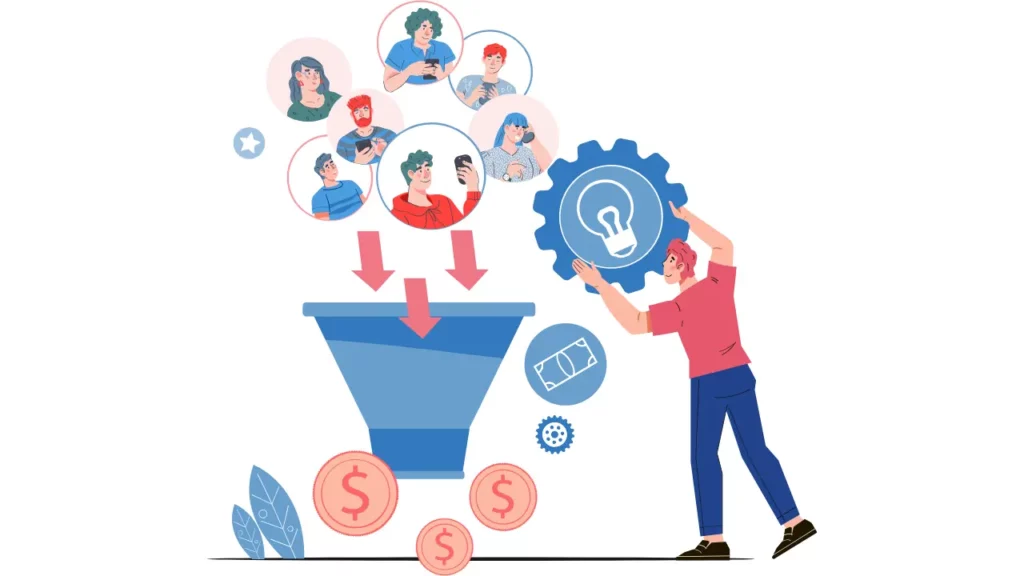
Navigating the Awareness Stage for Brand Success
Ever stumbled upon something you never knew existed? Those “aha” moments when products, services, or brands suddenly come into your view?

While it might not mean much to everyday consumers like us, for brands, it’s a big deal. They crave that moment of recognition—the instant when consumers become aware of their very existence.
Because, let’s face it, how can someone buy something if they don’t even know it’s out there? And this is where we enter the Awareness Stage.
So, what exactly is the Awareness Stage?
This is the first stage of the buyer’s journey, where potential customers become aware of a problem, need, or opportunity. They might not be fully aware of solutions yet and are primarily seeking information to understand their situation better.

Think of it as the grand opening of your brand’s story, happening at the top of the marketing funnel (TOFU). This is where potential customers, perhaps just realising the symptoms of a problem they’re facing, are on a quest to put a name to that issue. They’re out there scouring the internet, hoping for a solution to magically appear.
And guess what? Your business can swoop in to the rescue. Armed with the right content, you can provide that much-needed solution. At this point, these potential customers might not know your brand from Adam or how it could be the answer they’re seeking.
This is your moment to shine. It’s your duty in this awareness stage to introduce these potential clients to your brand, showing off the incredible lineup of products or services you bring to the table.

Strategies that brands employ at Awareness Stage
Today, we’re peeling back the curtain to reveal the 4 captivating strategies that brands employ during this pivotal phase.
1. Content Marketing:
Mamaearth, a skincare sensation, weaves articles like “5 Tips to Conquer Hairfall.” Their secret? Valuable, problem-solving content that speaks directly to their audience’s concerns.

These gems come in the form of blogs, articles, videos, and enchanting infographics. By addressing the very needs and pain points that keep their customers awake at night, Mamaearth captures attention and ignites curiosity.
2. Social Media Engagement:
Ever noticed Zomato’s tales of delivery heroes and tales of delighted users? It’s like watching a blockbuster unfold. This isn’t accidental; it’s the art of social media engagement.

They use platforms to share not just content but also stories. By connecting emotionally with followers and diving into relevant conversations,
Zomato paints a vivid picture that resonates with its audience, creating a brand experience worth sharing.
3. Influencer Collaborations:
When you think of Manyavar Mohey, doesn’t Virat Kohli’s dashing image pop up? The magic here is influencer collaboration.

Brands like Manyavar team up with industry experts and influencers with an extensive following. These influencers embody the brand. The result? An amplified brand message that spreads like wildfire across a wider audience.
4. Search Engine Optimization (SEO):
Imagine typing “cool t-shirts” in a search engine and finding Bewakoof’s website right at the top. That’s no accident; it’s the power of SEO. Brands like Bewakoof work on their online presence with keyword-rich landing pages and meticulous on-page optimisation.

By doing so, they ensure that when a consumer seeks a solution, their brand emerges as the guiding light.
As we end this journey, remember that awareness is only the first stage. Continue exploring marketing terms with our other insightful blogs.
This article is written by Komal Singh, a student at Kraftshala.
Check out our courses











